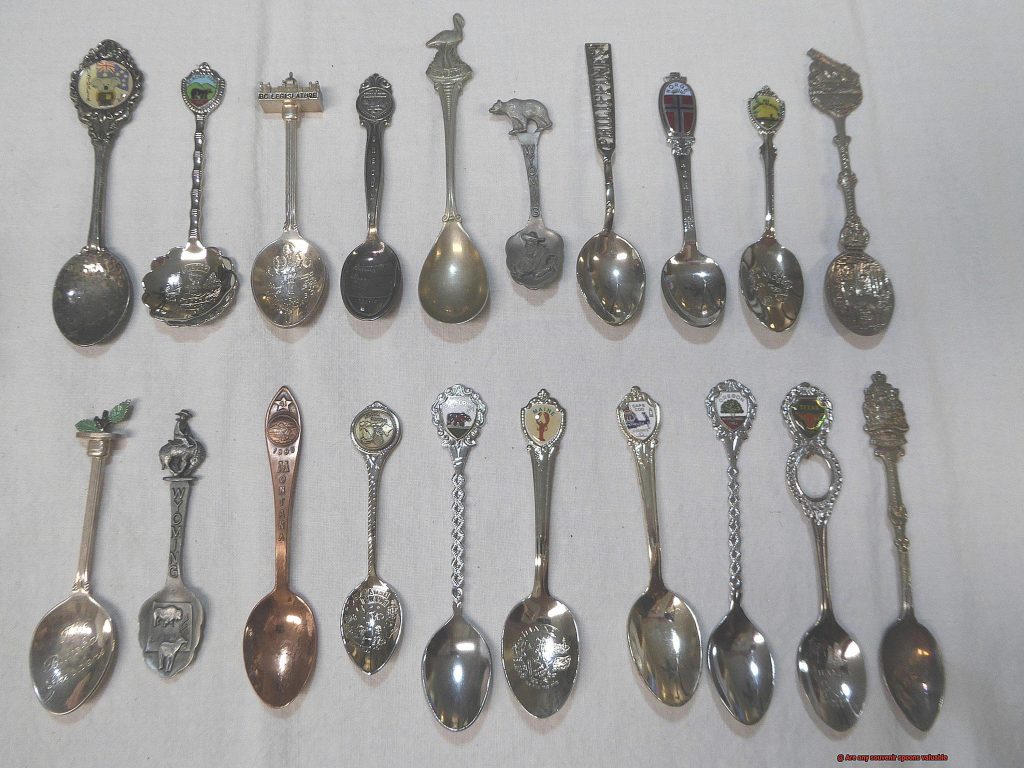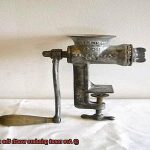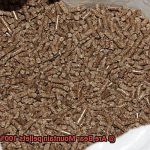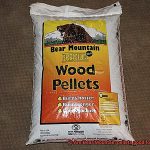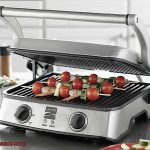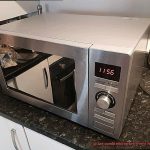Hey there, fellow foodies and home cooks. Are you tired of using pre-packaged ground meat that’s been sitting on the shelves for who knows how long? Have you considered investing in a meat grinder but are unsure if it’s worth the cost?
The debate on whether or not meat grinders are worth the investment has been going on for ages. Some argue that purchasing a meat grinder can be a significant expense, while others swear by the benefits of grinding your own meat.
But why grind your own meat? For starters, it allows you to customize your blends and control the quality and freshness of the meat you’re using. Plus, it can save you money in the long run.
However, before making a decision, let’s weigh up the pros and cons of investing in a meat grinder. On one hand, you have the benefits mentioned above. On the other hand, there’s the initial expense and time required to clean and maintain the machine.
By reading this article, you’ll gain insight into whether or not meat grinders are truly worth the money. With our exploration of customization, quality, cost-effectiveness, as well as potential disadvantages like maintenance costs and cleaning time, we’ll help guide you towards a decision that fits your needs.
So what do you say? Ready to take your cooking game to new heights with a shiny new meat grinder? Let’s get grinding.
Contents
Considerations Before Buying a Meat Grinder
Before you invest in a meat grinder, there are several factors to consider. Here are some key considerations to help you make an informed decision:
- Frequency of use: If you plan on grinding your own meat on a regular basis, investing in a high-quality meat grinder may be worth it in the long run. You’ll have control over the quality of your meat and can save money by buying whole cuts and grinding them yourself. However, if you only plan on using a grinder occasionally or for small batches of meat, it may not be worth the investment.
- Type of Meat: Different types of meat require different grinders. For example, tougher cuts of meat like beef or pork require heavy-duty grinders with powerful motors, while softer meats like chicken or fish may only require smaller grinders. Make sure you choose a grinder that can handle the type of meat you plan on grinding.
- Size of the Grinder: Consider the size of the grinder and your available counter space and storage options when choosing a grinder. If you have limited space, a smaller grinder may be more practical. However, if you plan on grinding large quantities of meat at once, a larger grinder may be necessary.
- Cost: While high-end meat grinders can be expensive, they often come with additional features like multiple grinding plates and attachments for making sausages and other types of meat products. Consider your specific needs and preferences before making a purchase and weigh the cost against the features and benefits of the grinder.
Benefits of Owning a Meat Grinder
You should consider investing in a meat grinder. As an expert on this topic, let me tell you about the many benefits of owning one.
First and foremost, with a meat grinder, you have complete control over the quality of meat you consume. When you purchase pre-ground meat from a store, you’re never quite sure what’s in it. But with a meat grinder, you can choose the specific cuts of meat you want to use. This means that you can ensure that the meat you’re consuming is of high quality and free from additives and preservatives.
Owning a meat grinder can also save you money in the long run. While the initial investment may seem steep, grinding your own meat at home is a cost-effective alternative to purchasing pre-ground meat. Plus, when whole cuts of meat go on sale, you can take advantage of the lower price per pound and grind your own.
But the benefits don’t stop there. With a meat grinder, you have the freedom to create your own custom blends of meats for burgers, sausages, and other dishes. You can even experiment with different seasonings and spices to come up with unique flavor combinations that will impress your dinner guests.
Another advantage of owning a meat grinder is that it allows you to reduce waste by utilizing all parts of the animal. Rather than discarding trimmings or scraps, grind them up and use them for recipes such as meatloaf or chili.
Types of Meat Grinders
Then you might be considering purchasing a meat grinder. However, before making a decision, it’s essential to understand the differences between manual and electric meat grinders.
Operation
Manual grinders require you to turn a handle, providing a more hands-on approach that some may appreciate. In contrast, electric grinders use motor power to grind meat, providing a faster and more efficient process with less physical effort.
Affordability
If you’re on a budget, manual meat grinders are typically less expensive than electric models. They are an excellent choice for those who only need to grind small amounts of meat occasionally.
Size
Manual meat grinders are usually smaller and more portable, making them ideal for camping trips or outdoor cooking. Electric meat grinders come in various sizes and can handle larger quantities of meat at once, making them perfect for bigger households or frequent usage.
Coarseness
Electric meat grinders often come with different grinding plates that allow you to adjust the coarseness of the meat according to your preference. In contrast, manual grinders typically only have one grinding plate.
Convenience
Electric meat grinders are easier to use and require less effort than manual grinders. They also come with different attachments, such as sausage stuffing tubes that can make your job easier.
Compatibility
Attachment grinders are another type of meat grinder that attaches to a stand mixer or food processor. These are typically less expensive than standalone electric grinders and can be a good option if you already own a compatible appliance.
Manual vs Electric Meat Grinders
Firstly, let’s talk about manual meat grinders. They are significantly cheaper than electric ones and do not require electricity, making them a perfect option for remote locations or power outages. Manual grinders are also easier to clean due to fewer parts. However, they require physical effort to operate, which might not be suitable for people with physical limitations. Additionally, they can only handle small quantities of meat and may not be able to grind tougher cuts or larger chunks of bone.
On the other hand, electric meat grinders are more expensive than manual ones but are much faster and efficient at grinding meat. They have larger capacity and can handle tougher cuts of meat and larger chunks of bone. Additionally, they are effortless to use and do not require any physical effort. However, they require electricity and may not be suitable for use in remote areas or during power outages.
It’s worth noting that when it comes down to cleaning, manual grinders are easier to disassemble and clean thoroughly due to their simpler design.
In conclusion, the choice between manual and electric grinders depends on your specific requirements. If you only grind small quantities of meat occasionally and don’t mind putting in some physical effort, then a manual grinder would suffice. However, if you need to grind large quantities of meat regularly or want the convenience and efficiency of an electric grinder, then investing in one would be worth it.
To summarize, below is a list of pros and cons for each type:
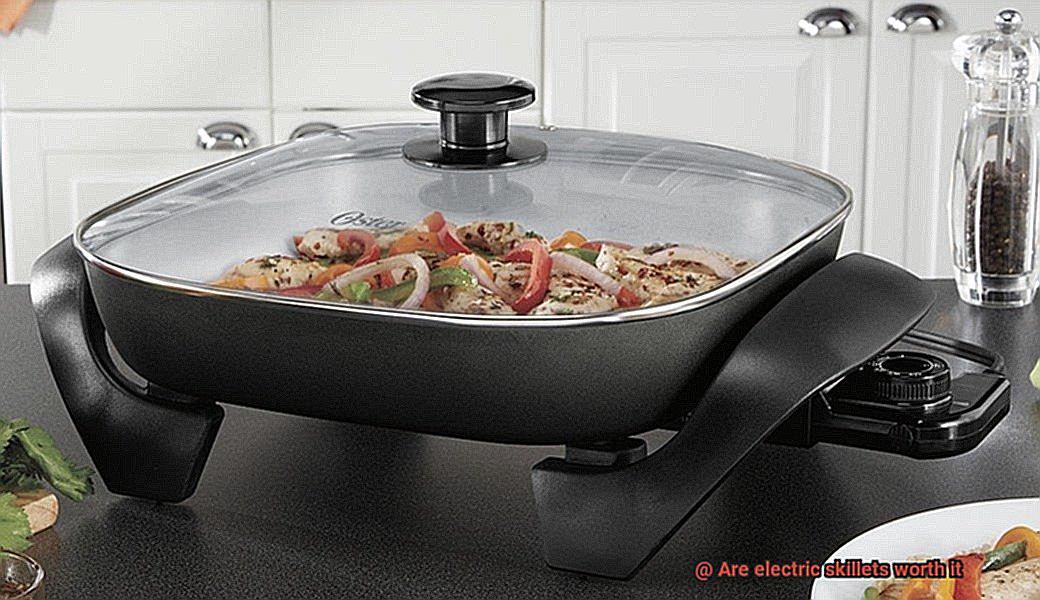
Manual Meat Grinders
Pros:
- Cheaper than electric ones
- Don’t require electricity
- Easier to clean
Cons:
- Require physical effort to operate
- Can only handle small quantities of meat
- May not be able to grind tougher cuts or larger chunks of bone
Electric Meat Grinders
Pros:
- Faster and more efficient at grinding meat
- Can handle tougher cuts of meat and larger chunks of bone
- Effortless to use
Cons:
- More expensive than manual ones
- Require electricity
- Not suitable for use in remote areas or during power outages
Cost of Owning a Meat Grinder
Firstly, let’s talk about the initial investment. There are various types of meat grinders available in the market, ranging from manual to high-end electric models. While manual grinders may be cheaper, electric grinders offer faster and more efficient grinding capabilities. However, they do come with a higher price tag. But fear not. The benefits of owning a meat grinder can outweigh the initial cost.
One significant way owning a meat grinder can save you money is by allowing you to purchase less expensive cuts of meat and grind them yourself. Pre-ground meat can be expensive, but buying whole pieces of meat and grinding them yourself saves money and gives you control over the quality and freshness of your ground meat.
In addition to saving on pre-ground meats, owning a meat grinder can also save you money on processed foods. With your grinder, you can easily make your own sausage, burgers, and other meat-based products at home. This not only saves you money on buying pre-made products at the store but also allows you to control the ingredients and tailor them to your preferences.
It’s important to note that there are additional costs associated with owning a meat grinder. You will need to purchase meat specifically for grinding, which may require some research and shopping around to find the best deals. Additionally, cleaning and maintaining the grinder can also be time-consuming and may require purchasing replacement parts or accessories.
However, when considering the long-term savings and benefits, these additional costs are minimal. Owning a meat grinder opens up a whole new world of culinary possibilities and can be a fun and rewarding hobby for any food lover.
Factors to Consider When Choosing a Meat Grinder
That’s why investing in a meat grinder could be a game-changer, but with so many options out there, it can be overwhelming to choose the right one. That’s where my expertise comes in handy. Let’s look at the factors to consider when choosing a meat grinder.
Firstly, consider the type of meat grinder you need. Manual or electric? Manual grinders are less expensive but require more effort, while electric ones are more convenient but pricier. It all comes down to your personal preference and lifestyle.
The power of the motor is another important factor. If you plan on grinding large quantities of meat frequently, then opt for a higher power motor that can handle the workload efficiently.
Size and capacity also play a crucial role. If you have limited storage space or a small kitchen, a compact and lightweight model would be ideal. However, if you plan on grinding larger quantities of meat in one sitting, then opting for a larger capacity grinder would be more suitable.
Blades and plates quality is paramount as well. Stainless steel blades and plates are durable, rust-resistant, and corrosion-free. They are the perfect choice for long-term use and optimum performance.
Ease of cleaning is also essential when choosing a meat grinder. Meat grinders with removable parts that are dishwasher safe make cleaning and maintenance easier.
Lastly, budget considerations are vital in making your final decision. Meat grinders come in different price ranges, so choose one that fits your budget without compromising on quality and performance.
How to Properly Clean and Maintain Your Meat Grinder
Properly cleaning and maintaining your meat grinder is crucial to ensuring that it continues to function at an optimum level. Neglecting this kitchen tool may lead to bacterial growth, clogged parts, or even damage to the machine. Here are five essential sub-sections that explain how to properly clean and maintain your meat grinder.
Step 1: Disassemble and Remove Leftover Meat
The first step in cleaning your meat grinder is to disassemble it and remove any remaining meat or fat. It’s best to use a brush or toothbrush to scrub all parts of the grinder under warm soapy water. Be sure to clean the blade and plate thoroughly, as they are the parts that come into contact with the meat.
Step 2: Dry All Parts Thoroughly
After cleaning all parts of the grinder, rinse them with warm water and dry them completely with a clean cloth or paper towel. It’s essential to ensure that all parts are completely dry before reassembling the grinder to prevent rust from forming. Moisture can cause the machine’s parts to corrode over time.
Step 3: Lubricate Moving Parts
To keep your meat grinder running smoothly, lubricating its moving parts periodically with food-grade oil is recommended. This will help prevent rust and ensure that the machine operates efficiently. Don’t forget to lubricate the blades and auger, which come into direct contact with the meat.
Step 4: Sharpen the Blade
A dull blade can result in uneven grinding and may even damage the machine. To sharpen the blade, use a sharpening stone or have it professionally sharpened. A sharp blade will not only make grinding easier but also prolong the life of your machine.
Step 5: Store Properly
When not in use, store your meat grinder in a cool, dry place. This will prevent moisture from building up and damaging the machine. Avoid storing it in a damp area or near heat sources, such as stoves or ovens, as this may cause rust to form on the metal parts.
qYjAmF8WEdk” >
Conclusion
After weighing the pros and cons, it’s clear that investing in a meat grinder is a smart move for any home cook or aspiring chef. Not only does owning one give you complete control over the quality and freshness of your ground meat, but it also saves you money in the long run. Plus, with the ability to create custom blends of meats for various dishes, the possibilities are endless.
When shopping for a meat grinder, keep in mind factors such as frequency of use, type of meat you’ll be grinding, size of the grinder, and cost. Whether you opt for a manual or electric model will depend on your specific needs and preferences.
Of course, proper maintenance is key to ensuring that your investment lasts for years to come. Neglecting to clean and maintain your meat grinder can lead to bacterial growth or even damage to the machine itself. Follow these simple steps: disassemble and remove leftover meat; dry all parts thoroughly; lubricate moving parts; sharpen the blade; and store properly – to keep your grinder functioning at its best.
So if you’re ready to take your cooking game to new heights with fresh, homemade ground meats, don’t hesitate to invest in a high-quality meat grinder.

